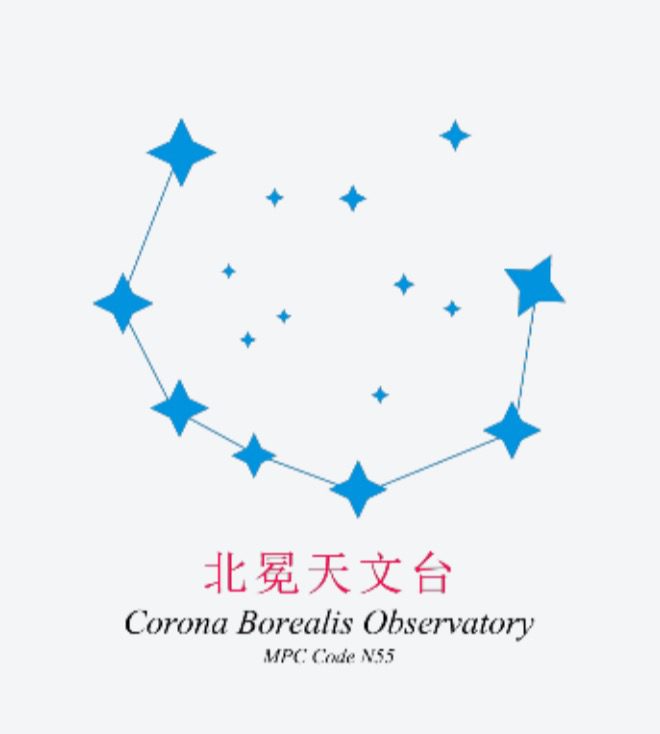QHYCCD, the world’s leading astronomical camera manufacturer, and Gpixel, a professional company specializing in the development of high-performance CMOS image sensors, have announced the successful performance of QHYCCD QHY4040PRO-BSI camera for astronomical imaging in the Corona Borealis Observatory, Ali, Tibet, China.
The QHY4040PRO-BSI has been set up in the Corona Borealis Observatory, Ali, Tibet, China at an altitude of up to 5100 meters. “When seeing the first light M13 with an exposure time of only 5 seconds, we were all very surprised by its extremely low readout noise and high quantum efficiency. Previous equipment needed tens of seconds to achieve such results.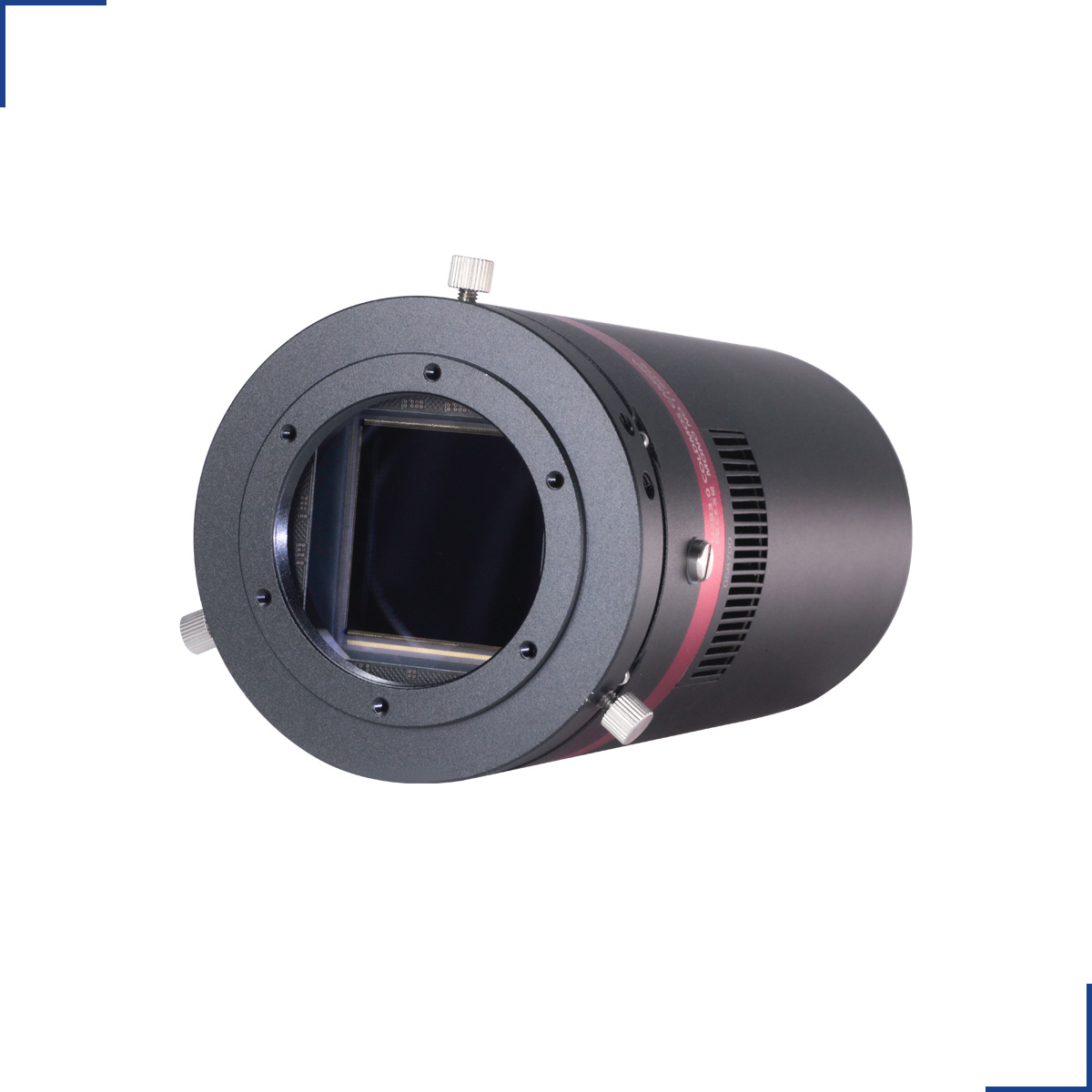 At the same time, the Gpixel GSENSE4040BSI chip has the advantage of ultra-high sensitivity compared with the 16803 and 09000 CCD chips.” Chen Tao, the director of the Corona Borealis Observatory, said, “The QHYCCD camera still works very stably under the high altitude of 5100 meters, with excellent image quality and uniform and clean background without any strip trouble. We believe that the QHY4040PRO-BSI camera will be of great help to our sky survey projects in the future”
At the same time, the Gpixel GSENSE4040BSI chip has the advantage of ultra-high sensitivity compared with the 16803 and 09000 CCD chips.” Chen Tao, the director of the Corona Borealis Observatory, said, “The QHYCCD camera still works very stably under the high altitude of 5100 meters, with excellent image quality and uniform and clean background without any strip trouble. We believe that the QHY4040PRO-BSI camera will be of great help to our sky survey projects in the future”
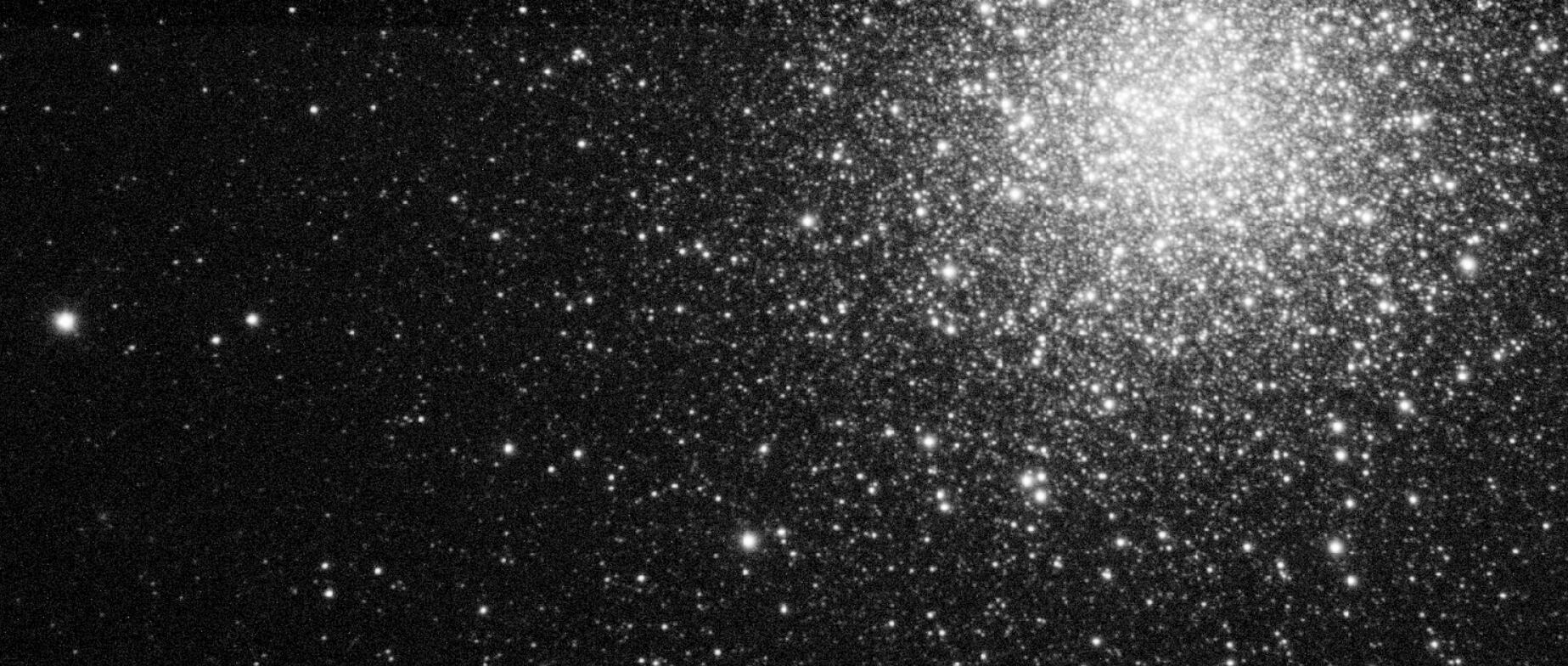 Fig 1. First light M13 of 5-sec exposure
Fig 1. First light M13 of 5-sec exposure
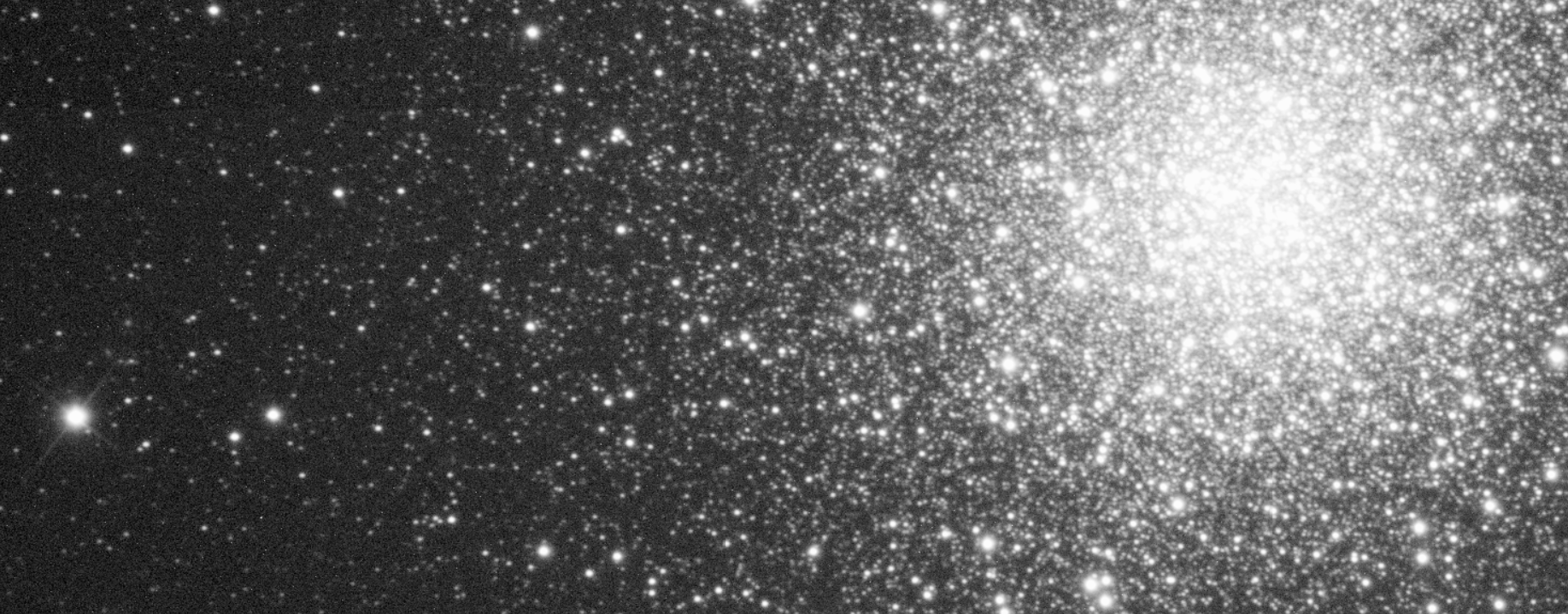 Fig 2. First light of QHY4040Pro-BSI with 50cm AllunaRC Telescope
Fig 2. First light of QHY4040Pro-BSI with 50cm AllunaRC Telescope
exposure 60 sec, -20℃, no darkfield process
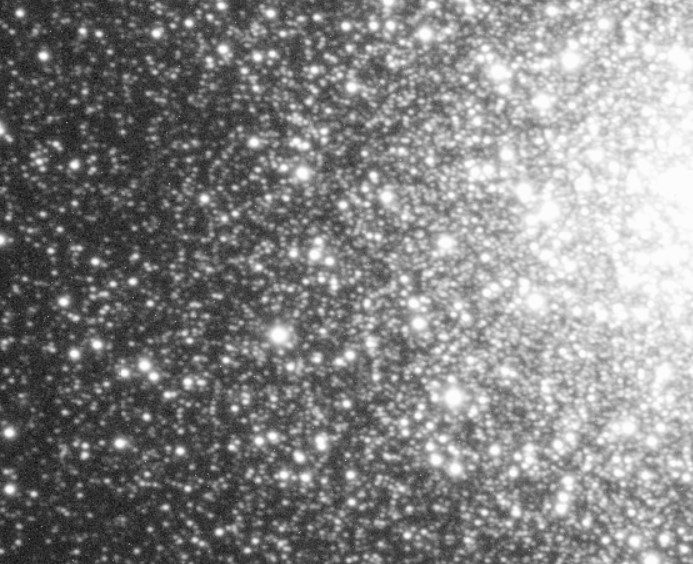
Fig 3. Image center 1:1 detail
QHY4040PRO has both the FSI version and BSI version. BSI version was tested for this time. It has a peak QE of 90%, 39ke full-well (at the lowest gain), 2.3e readout noise (at the highest gain). The camera is two-stage TEC cooling with air cooling. QHYCCD can provide the water cooling version as requested.
QHY4040 PRO-BSI supports selectable dual 12bit channel output (high gain, or low gain), and also supports the on-camera dual 12bit to 16bit data combination process. The camera has 2GByte DDR3 memory and supports USB3.0 data interface and 2*10Gbps optical interface for high-speed data transfer.
QHY4040PRO-BSI is equipped with a scientific cooled CMOS GSENSE4040BSI. It has a 36.9mm x 36.9mm square sensor with 9.0um pixels in a 4k x 4k array and 4096x4096resolution. With a resolution of 4096 x 4096 and a sensing area of 36.8mm x 36.8mm, the chip can meet the needs of astronomical imaging and high-end scientific imaging. Like other products in the GSENSE series, GSENSE4040BSI features a dual gain HDR design with a dynamic range of 85dB in a single frame; the chip uses 18 pairs of LVDS for data output, and the frame rate can reach 24fps at full resolution.
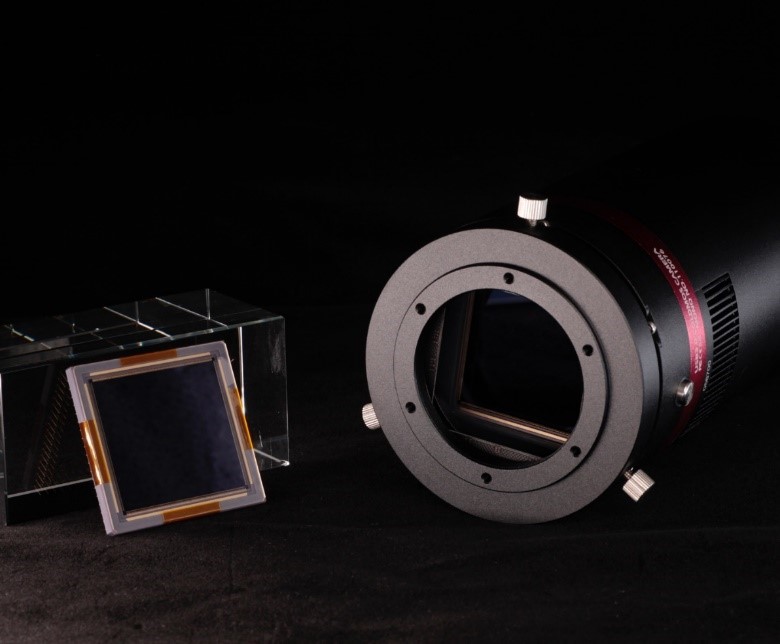
Fig 4. Astronomical Camera QHY4040PRO-BSI with GpixelGSENSE4040BSI
“We are proud to announce the launch of the QHY4040Pro BSI camera, which has the advantage of ultra-high sensitivity, high quantum efficiency and low readout noise.” said PhD. Hong-Yun Qiu, founder of QHYCCD. At the same time, the camera can achieve a high readout rate of 10 to 20 FPS, obtain a more excellent SNR in the same exposure time, so it can significantly improve the magnitude limit of astronomical telescope systems, and greatly enhance the observation efficiency, which is of extraordinary significance for time-domain astronomy research, space debris observation, etc.”
“We are proud to join hands with QHYCCD’s team to bring this scientific-grade astronomical camera to the market. GSENSE4040BSI is a scientific grade CMOS chip launched by Gpixel, QHY4040PRO-BSI is the first astronomical camera equipped with this chip, and we believe it will make an outstanding contribution to the study of astronomy. We are very much looking forward to its excellent performance.” Dr. Xinyang Wang, founder and Chairman of Gpixel, said, “QHYCCD is a valuable long-term partner for us, and we look forward to achieving more together and bringing more interesting solutions to astronomical imaging market.”
 Fig 5. Full view of the M13 cluster at 4K*4K resolution
Fig 5. Full view of the M13 cluster at 4K*4K resolution

Fig 6.Corona Borealis Observatory (MPC CODE N56) at an altitude of 5100 meters in Ali, Tibet
QHYCCD
QHYCCD designs and manufactures high-performance scientific-grade CMOS and CCD cameras, including thermoelectrically cooled cameras, high-resolution scientific cameras, digital X-ray machine DR cameras, solar, industrial and laboratory cameras. Most of the company’s products are exported to the United States and Europe. The QHY products are renowned for excellent performance and reliable quality.
Gpixel
Founded in 2012 by experienced CMOS image sensor designers and semiconductor physicists, Gpixel works in close cooperation with our customers and business partners to produce state-of-art CMOS image sensors for use all over the world. From our offices in Changchun, China (headquarters), Antwerp, Belgium (European design center) and Tokyo, Japan (Japanese design center) we are committed to delivering innovative and specialized high-end CMOS image sensor solutions for industrial, professional, medical, and scientific applications.
GSENSE series are scientific CMOS chips with low noise, high dynamics, high sensitivity. The peak quantum efficiency can reach 95% through advanced BSI processing. This series is developed for high-end scientific imaging applications in the fields of astronomy, life sciences, medical imaging, spectroscopy, fluorescence imaging, high-energy physics, and soft X-rays, etc. This series includes GSENSE2020BSI, GSENSE400BSI, GSENSE4040BSI and GSENSE6060BSI, GSENSE6060BSI and GSENSE1516BSI. For more information, please visit www.gpixel.com.
Corona Borealis Observatory
The highest private remote observatory in the world, Corona Borealis Observatory, located in the Ali region of Tibet, the roof of the world, at an altitude of 5,100 meters, was built with investment from founder Chen Tao and Ma Huateng from Tencent. Corona Borealis Observatory has several domes and 600-square-meter super panning roofs, as well as a unique environment for observations. The Observatory has made several independent discoveries or assisted domestic and international professional observatories in their discovery confirmation work, and collaborated on several papers. The Observatory has been open to the public for airtime rental and space rental.





